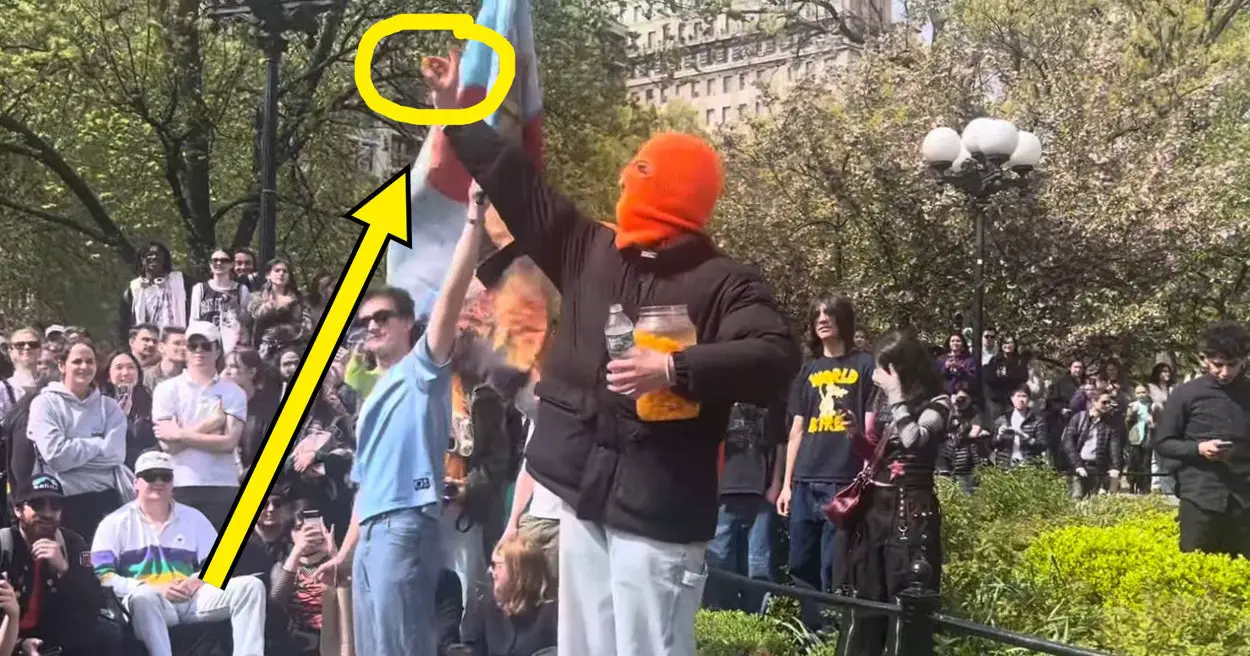An anonymous reader quotes a report from Motherboard: Scientists have discovered “unexpected physics” by opening up “slits” in time, a new study reports, achieving a longstanding dream that can help to probe the behavior of light and pioneer advanced optical technologies. The mind-boggling approach is a time-based variation on the famous double-slit experiment, first performed by Thomas Young in 1801, which opened a window into the weird probabilistic world of quantum mechanics by revealing the dual nature of light as both a particle and a wave. The new temporal version of this test offered a glimpse of the mysterious physics that occur at ultrafast timescales, which may inform the development of quantum computing systems, among other next-generation applications.
In the original version of the double-slit experiment, light passes through two slits that are spatially separated on an opaque screen. A detector on the other side of the screen records the pattern of the light waves that emerges from the slits. These experiments show that the light waves change direction and interfere with each other after going through the slits, demonstrating that light behaves as both a wave and particle. This insight is one of the most important milestones in our ongoing journey into the quantum world, and it has since been repeated with other entities, such as electrons, exposing the trippy phenomena that occurs at the small scales of atoms.
Now, scientists led by Romain Tirole, a PhD student studying nanophotonics at Imperial College London, have created a “temporal analogue of Young’s slit experiment” by firing a beam of light at a special metamaterial called Indium Tin Oxide, according to a study published on Monday in Nature Physics. Metamaterials are artificial creations endowed with superpowers that are not found in nature. For instance, the Indium Tin Oxide used in the new study can change its properties in mere femtoseconds, a unit equal to a millionth of a billionth of a second. This incredible variability allows light waves to interact with the metamaterial at key moments in ultrafast succession, called “time slits,” which produces a time-based diffraction pattern that is analogous to the results returned in the spatial version of the experiment. […] In other words, the super-speedy changeability of Indium Tin Oxide finally made a time slit experiment possible, after many years of eluding scientists. To bring this vision to reality, Tirole and his colleagues used lasers to switch the reflectance of the material on and off at high speeds.
Source link











Leave a Reply